ปรับปรุง เว็บไซต์ เยอะแยะเลย ลองกดเข้าไปเล่นดูสิ ตอนนี้ มีหมอตั้ม มาประจำที่ โรงพยาบาลแล้วนะครับ ใครมีปัญหาปลาป่วย ปรึกษาได้ครับ
Arowazone เว็บบอร์ด สำหรับ เพื่อนๆ ที่รักการเลี้ยงปลาในครอบครัว Osteoglossidae ไม่ว่าจะเป็นอะโรวาน่าจากทวีปเอเชีย อเมริกาใต้ ออสเตรเลีย หรือ อัฟริกา ไว้พูดคุย แลกเปลี่ยนความคิดเห็น
อุปกรณ์เลี้ยงปลาสวยงาม จากเว็บช้อปปิ้งชั้นนำ
195 บาท205.00 บาท
330 บาท610.00 บาท
1,700 บาท1,785.00 บาท
ความคิดเห็นที่ 1

เวลาถ่ายจะไม่เปิดแฟลชครับ เปิดไฟในตู้ทุกหลอดครับ แล้วก็ตั้งค่ารูรับแสงให้กว้างสุดน่ะครับ ตั้งความเร็วชัตเตอร์ไว้ที่ประมาณ 1/30 หรือ 1/60 ครับ ถ้ามืดไปก็ตั้งชดเชยแสงเท่าที่จะทำได้ครับ ถ้ายังไม่พอก็ลองลดความเร็วชัตเตอร์ดูน่ะครับ
ปล. ผมก็ลองมั่วๆเอาน่ะครับ
ความคิดเห็นที่ 2
ความคิดเห็นที่ 3
ผมก๊อปมาจาก อินเตอร์เน็ต
เพิ่งได้มายังไม่ได้แปลเลย
อย่างไรแล้วขอเป็นข้อมูลให้ก่อน
Fish Photography Tips - PART 1
Fish Photography Tips by CDM
Arowana Photography
Aquarium photo taking is difficult due to several reasons namely low light condition, moving target, air bubbles in the tank, reflection on the glass, floating materials, etc. However, taking photos for Arowana is even harder because of the mobility of the Arowana and the color of the scales are easily deviated by the light source (especially the flash light). I was frustrated at beginning, and finally got over it. So I write this article based on my experience of taking Arowana photo, and I hope this can help Arowana lovers to improve the quality of photos for your beautiful Arowana. However, this is just my experience, and I'm not a professional photographer. For those real photography pros out there, please correct me if there are some mistakes. Or, if you have any opinions, please do not hesitate to discuss in the forum.
1. Normal camera or digital camera?
For the time being, I have to say the normal SLR is still superior than a digital (even those very expensive DSLR). I heard next year (2003), the DSLR will be first time superior than normal SLR, however, the price will still be sky high for DSLR. It sounds like using normal SLR is a good idea for taking Arowana photo. However, take me for example, I take 400 more pictures per week, and only obtain 50~60 pictures which I find it reasonable. You can calculate yourself of how much money you have to spend for those unwanted pictures. Honestly, I don't suggest use normal SLR for Arowana photo. The benefit of a digital camera unlike the SLR is that you can delete if you find that the photos are not appealing. Hence, you need to spend more time in taking the photograph but not money. That is the advantage of using digital camera. (Note: during review the article, Canon announce a new digital camera EOS-1DS which has a 11 M pixels resolution. And, in the case it is already superior than the normal 35mm film type SLR, however, the price of the new camera is US$8000!!!).
Here are some key issues important in taking a good Arowana picture using a digital camera.
1. The first important spec is the macro shot distance (for close-up shot), the shorter the better.
2. The second is minimum resolution should be 2 M pixels.
3. The third is those famous brands are more reliable (such as Canon, Nikon, Sony, Olympus, etc.).
4. The forth is white balance function is also important, because the tank environment will affect the auto white balance of the digital camera.
In addition, you'll need optical zooming for portrait and landscape (stuffs other than fish). And, if you want simple operation instead of many optional settings, then you can go for the compact ones cause their operation would be more simple. On the other hands, the fast shutter speed is not so important, because the tank light condition is always low, and hence the fast shutter speed won't be applied.
Here's two links that you can set the criteria to search their data base:
DP Preview
Taiwan CNET
2. Observation of your Arowana.
Observing your Arowana's behavior is very important before taking any photo of the Arowana. Arowana displays shines of different color under different light source and at different light angles. Due to its graceful swimming with patterns at some specific spots, the scales tend to shine with different colors at different sides of the tank. Some Arowana swim at a constant speed in some areas while others are not. Therefore the most important thing is to study the behavior first before taking photos. Note at the spot where you want to take photos, so that you can setup and standby your camera at that spot, and when you are ready just snap it.
3. Lightings.
Enough light in the tank is yet another important key to take photos for Arowana. Unless you are using flash light, then the light condition determine the shutter speed. Since all digital camera use ccd plate to record the image, the ccd plate need to sense enough light X time to make a saturated exposure. If the light condition is low, hence the exposing time period shall be longer, which results in a blurred picture in the case of moving Arowana. Even you use flashlight, a brighter light condition can enhance the auto focus accuracy. In my experience, putting more tank light as well as indirect light will benefit you for it is better to get enough light for faster shutter speed. Avoid those lights outside the tank which reflect into the camera, those will deviate the auto focus function of the digital camera.
4. Setting the correct focus
Most digital camera comes with auto-focus function. Here is how the auto-focus works: The camera first send a light beam toward the target, and receive the reflected beam while changing the focus point back and forth to detect the strongest reflection, the camera thus take it as the correct target position. This only works for photo taking of pictures other than aquarium stuffs. But, if the target reflects low light, then the auto focus might have some problems. Moreover, in aquarium scenario, there are some stuffs that might deviate the auto-focus to a point a bit ahead of the target. Those stuffs are tank glass (under low tank light or under strong room light), scratches on the glass, air bubbles, floating micro-organism, and etc.
In line with the above, the use of auto-focus really helps. For your information, I would like to share with you that the auto-focus ability in a digital camera differs from brands and models. Some are excellent while others are not. You need to study the reviews on the web first before getting one.
If your camera can't auto-focus function correctly and also don't have manual focus function, then you have to do it in a hard way. First half-press the shutter to focus on Arowana's head to get a accurate focus (it's more accurate because the Arowana's gill reflect more), then move to the spot while keep half-pressing the shutter knob (certainly keep the distance), and then take the shot. By doing this, you can get a correct focus. However, you still need to try to adjust the exposure complementary level to have a saturated exposure.
Besides Arowana, those dark, transparent, or small fishes are also not easy to get correct auto-focus. In these case you need to estimate the distance between target and camera, and get accurate focus on a target with the same distance and keep the focus and move to the fish to take shot.
5. Set the camera to aperture priority mode
Why set the camera to aperture priority mode? It is because the tank light is always low. When you fix the shutter speed, the camera will determine the aperture size. In the case of tank environment, the camera definitely will choose the largest size aperture (F2.0), but the light is still not enough for a saturated exposure, and hence the picture you obtained is dark. So, set the camera at the aperture priority mode (smallest no.) and let camera decide the shutter speed.
6. Set the camera to "Macro" mode
The macro mode of the digital camera is very useful in taking aquarium photos. The function allows you to take close up shot (in close distance, around 2~20 cm, which depends on the models and the brands). Most digital camera comes with macro shot mode (except those very cheap ones). The focus range of the macro mode is around 2 cm to 60 cm (check the specification on the user's manual), this range is reasonable if you are taking photo of a whole body of Arowana or take very detailed photos of the Arowana's scale. And, the depth of focus is short under macro mode, so you need steady hands to hold still the camera. If you want to take photo of a sharp whole body Arowana that perpendicular toward the camera, you need to set the camera to the normal mode (portrait or landscape) but the trade off is that you have to take longer distance shots and get smaller Arowana's picture.
7. Adjust the exposure complementary level
The camera decides the shutter speed by detecting the reflectivity of the reflected focus light beam. There are different mechanisms of detection, such as focus point detection, window averaged detection, central enhanced detection. Sometimes it fails, and it is too complicate to be explained why here. If you found the setting cannot get you a well saturated exposure, you can try adjusting the exposure complementary level to get a more accurate exposure. I normally set the metering at central enhanced detection.
8. Move along with the moving Arowana with steady hands to take shot.
For a moving Arowana, the relative movement is too fast for the camera while taking close-up shot (even use flash light). So, I always move the camera with half-pressing the shutter knob (keep the focus) along well with the moving Arowana. Sometimes I don't even look at the LCD screen, I just keep eyes on the movement of both fish and camera, and make sure both of them move coherently. This way, I can have higher chance to get clearer pictures. The point here is to make both camera and Arowana RELATIVELY STILL.
9. Settings on the digital camera
There're few setups needed to be tried: (it depends on the camera)
Focus mode: Try Auto or 3-points focus
Exposure Metering: Central Area weighted or Central Point
Priority: Set to Aperture Priority
White Balance: Try Fluorescent mode (if you use none-white light) or try manual adjustment
Set to Macro mode
Exposure Compensation: Try adjust +/- few ev and see the results
The manual adjustment of white balance can change the color tone of the whole picture toward more close to the true color, (auto white balance is easily affected by the tank environment).
10. Biginners' common faults
a. Beginners always get too excited when they hear the focus ok bi-bi, so they press the shutter button hard, and hence make the camera up-down movement which results in vertical blur image. You have to keep calm down while hearing the focus ok bi-bi, and better hold your breath and press down the shutter knob to eliminate the vertical shift image. Just don't get excited while ready to take shot, no rush.
b. Some beginners set the camera at portrait or landscape mode and take close-up shots (distance shorter than 60cm), which already beyond the auto focus range under these modes. And, certainly, the picture that comes out tends to look blurred. Therefore check the user's manual first to figure out the focus range of macro mode and normal mode, and set the right mode for the distance range you want to take shot.
c. Many digital cameras can't use the macro shot together with the optical zooming. If you take a close-up shot under optical zooming, you won't get correct focus. Try yourself, and you'll see whether your digital camera support this or not.
11. The role of optical aperture
The optical aperture controls the reflected light beam angle from the focus point through the aperture. The larger value (F16) of aperture you'll have a smaller aperture and hence a smaller light angle through the lens, also less light into the CCD plate, and vice versa (F2.0). The light beam angle decides the depth of focus (the distance around the target that still keeps sharp image for human's eyes). For a smaller aperture, you'll get a longer depth of focus due to the sharper light beam angle. As taking landscape photos with plenty of light, you should choose a smaller aperture (F5.6~8 for cloudy and F11~16 for sunshine) to get a photo of mountains after mountains. On the other hand, if you want a sharp target with blur background, then choose a bigger aperture (around F5.6). Under the macro mode, the image angle is even wider than large aperture, so the depth of focus will be even shorter. Smaller sized aperture allows less light into the CCD, which means you need a longer shutter open period to get a saturated picture, this surely leads to a higher possibility of producing a blur photo.
Summarizing above description, a larger aperture will have shorter shutter opening period, hence, higher possibility for a sharper image. And, a larger aperture will lead to the depth of focus, shorter, and hence, get a narrower area of in-focus area for a slanted Arowana body toward the camera.
12. The relationships of Aperture/Shutter/ISO
Aperture size decides how much light get into the camera (the smaller number for larger aperture size and more light get into the camera). The shutter speed decides how long will the CCD plate accumulate the light. And, ISO decide the sensitivity of the CCD (higher number for higher sensitivity). Since the light of the tank and from the environment is fixed, the relationship of Aperture/Shutter/ISO is then like "and" function. A(shutter speed) * B(Aperture Size) * Factor(ISO) = Constant(tank light, light from environment). Larger aperture size can have higher shutter speed and vice versa. Higher ISO number can also have higher shutter speed but it somehow sacrifice the image quality to a certain extent. Therefore, the most important key is to put more light source that can provide you a better condition of photography (a faster shutter speed and hence sharper pics).
13. What is pixel?
Pixel is the smallest element of the digital picture. For a LCD monitor, like 1024X768, that's 1024 pixels in horizontal and 768 pixels in vertical, so total elements for this LCD is 0.77 M pixels. For CCD in digital camera, it's composed of arrays of smallest photo sensing elements called pixels, and number of pixles is called the max resolution of the digital camera. If you take 1024X768 pixels image and display it to the 1024X768 or higher resolution monitors, you'll see the image becomes zigzag. So normally, take the photo with a resolution twice the resolution of your monitor that you'll display it smoothly on the monitor. If you take picture with higher resolution (such as 5M pixels), than you can enlarge the picture to 700% on the PC monitor (1024X768) without showing any zigzag edges.
14. With or without flash?
I personally do not use flash light when taking photos for Arowana, because it does not reflect the Arowana in reality and sometimes the photo also shows/indicates a dead fish's eye (white eye). However, I do take photos of my Arowana by using flash light every week. Those are for comparison purpose.
If you want to take photos without using flash light, you have to practice to move your camera along with your Arowana. If you would like to take photos of a "turning around Arowana" without using flash light, I think you have to keep on trying till you get a perfect image.
When taking photos with flash light on, and if you want to avoid the white eye problem and the strong reflection of the scale, you can put the camera at a higher or lower position than the Arowana level (10~20cm will be enough), and also take shot under the macro mode. This will eliminate the white eye and strong reflection phenomenon to a certain extend. Some people use tissue paper to cover the flash light. This will also help to eliminate the white eye and strong reflection.
Based on my experience, it seems that red Arowana photos are less affected by the flash light, while golden type Arowana photos are more affected. . It seems red Arowana have some kind of color powders on the scales especially for those matured red Arowana. So, it can be a solution of taking photos with flash light on for a matured red Arowana, when tank light condition is very low.
PART 2 >>>
Copyright © 2003 ArowanaClub.com
Main Page | Gallery | Forums | Profile | Members | Calendar | Search | Faq | New Posts | Contact
ความคิดเห็นที่ 4
เป็นวิทยาทานคงไม่ว่ากัน
ArowanaClub.com
ที่อื่นลองดูในหนังสือที่คุณแนนเขียนนะครับ
มีวิธีการถ่ายรูปเจ๋งๆ อยู่
ความคิดเห็นที่ 5

คุณต้องเข้าสู่ระบบก่อนทำรายการ
เข้าระบบกระทู้น่าสนใจอื่นๆ
ซื้อปลาทองมา อยู่ดีๆ มันกลายเป็นบลู
วื้อเพราะมันเป้น golden head สีทองอร่ามอยู่ในอ่างขาวครับเลี้ยงไปเลี้ยงมากลายเป็นบลูจริงจังมาก เอามาขอความเห็นจากเพื่อนๆครับ
AROWANA SUPERRED ตัวนี้ยังไม่ได้ตั้งชื่อเลย
ปลาแดงตัวนี้ ตอนนี้15นิ้วได้ อยู่ในตู้กรองข้าง 60*30*30นิ้ว แต่ตู้นี้ไม่ได้ลดระดับของน้ำ ทำให้ความสูงของน้ำมากเกินไป มีเจ้ากระเบน โมโตโร่ เป็นเพื่อนร่
มังกรเขียว จ้าาาา จากสมาชิกใหม่
ขนาด 20 นิ้ว กว่า ครับเมท ปลากราย 2 ตัว กดเผือก 2 ตัว (ไม่เคยรังเเกเมท)อาหาร กุ้งชิ้นตู้ 60 นิ้ว กรอง D.I.Y เอง ครับ
สีอะไรครับ
HB ของผมเกล็ดด้านในออกสีชมพูๆขอบสีขาวๆทองๆ พอโตขึ้นมันจะออกเป็นเบสสีอะไรครับ เห็นของคนอื่นทำไมสีเค้าชัดกันจัง T T
สถานีวิทยุเพื่อคนรักปลาสวยงาม "สังคมแห่งความรู้และมิตรภาพ"
ขออนุญาติประชาสัมพันธุ์ สถานีวิทยุเพื่อคนรักปลาสวยงาม "สังคมแห่งความรู้และมิตรภาพ" วิทยุเพื่อคนรักปลาที่อยู่คู่คนเลี้ยงปลามานานนับปี เชิญมา




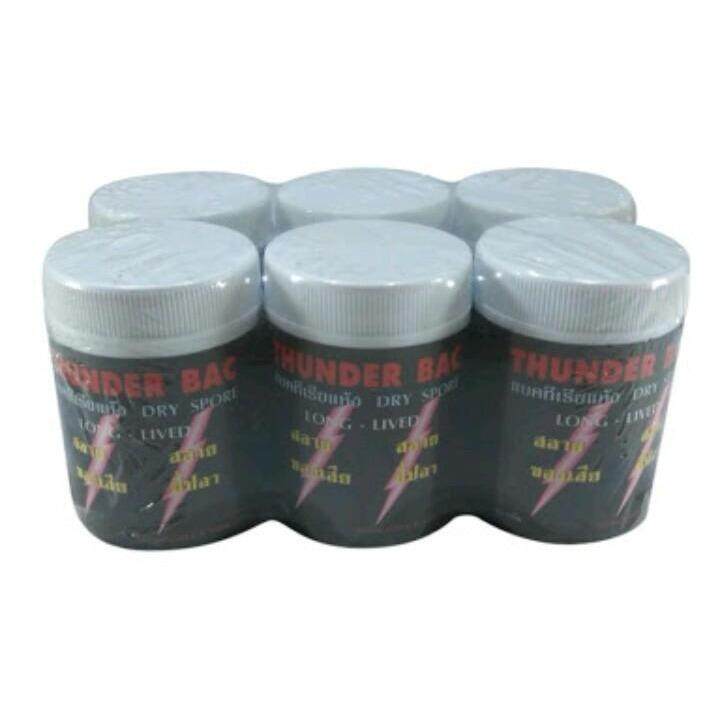
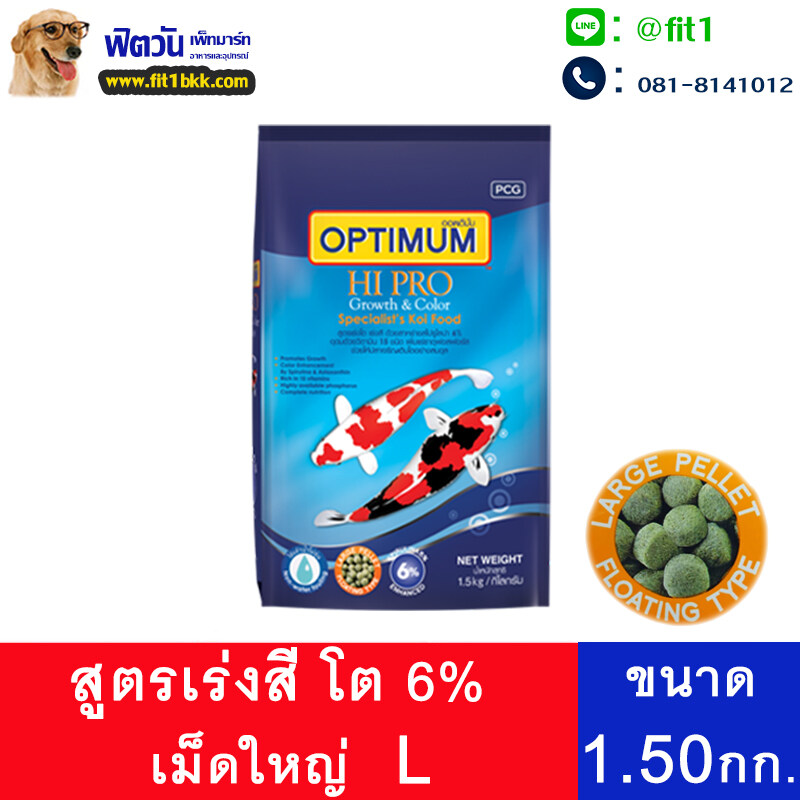
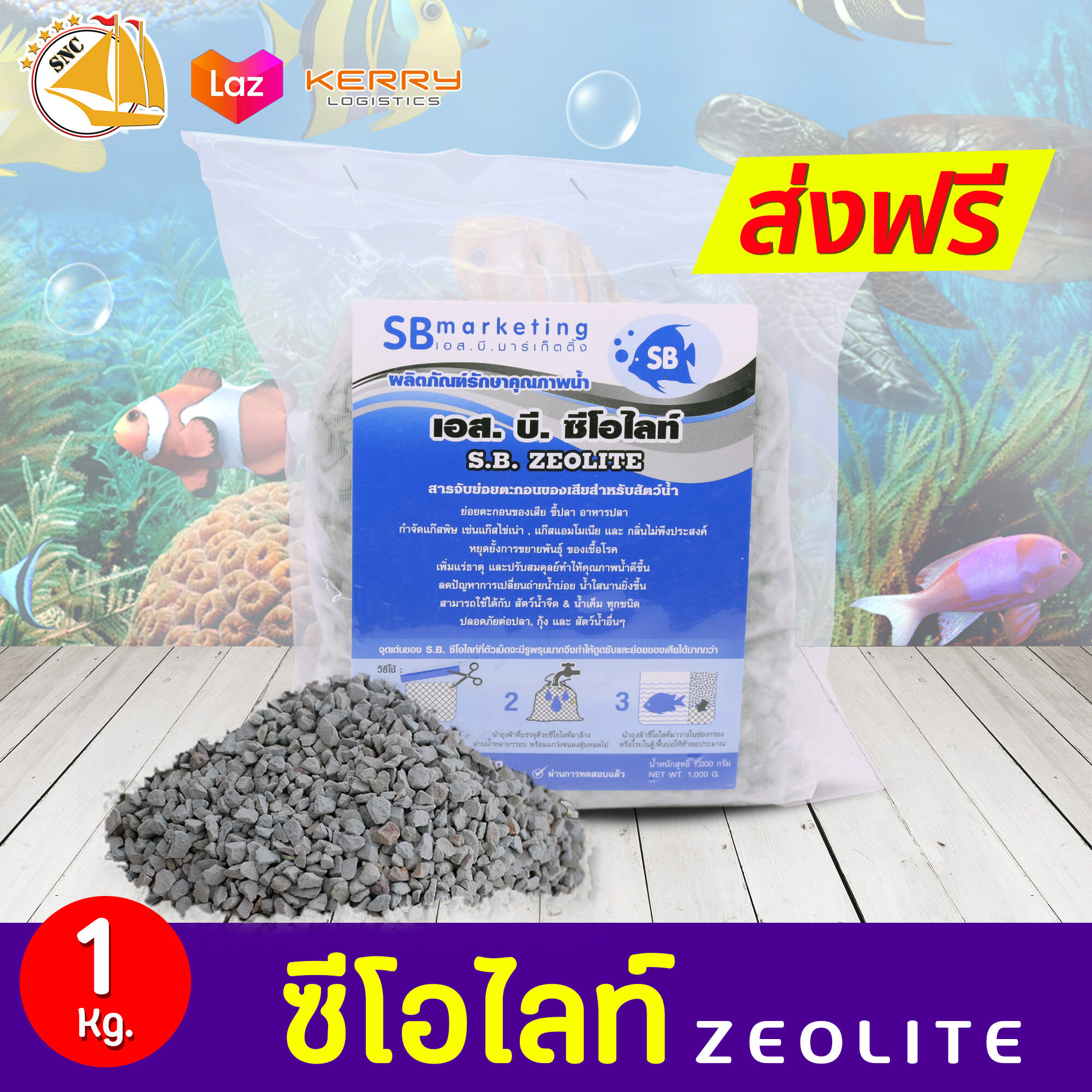

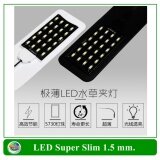
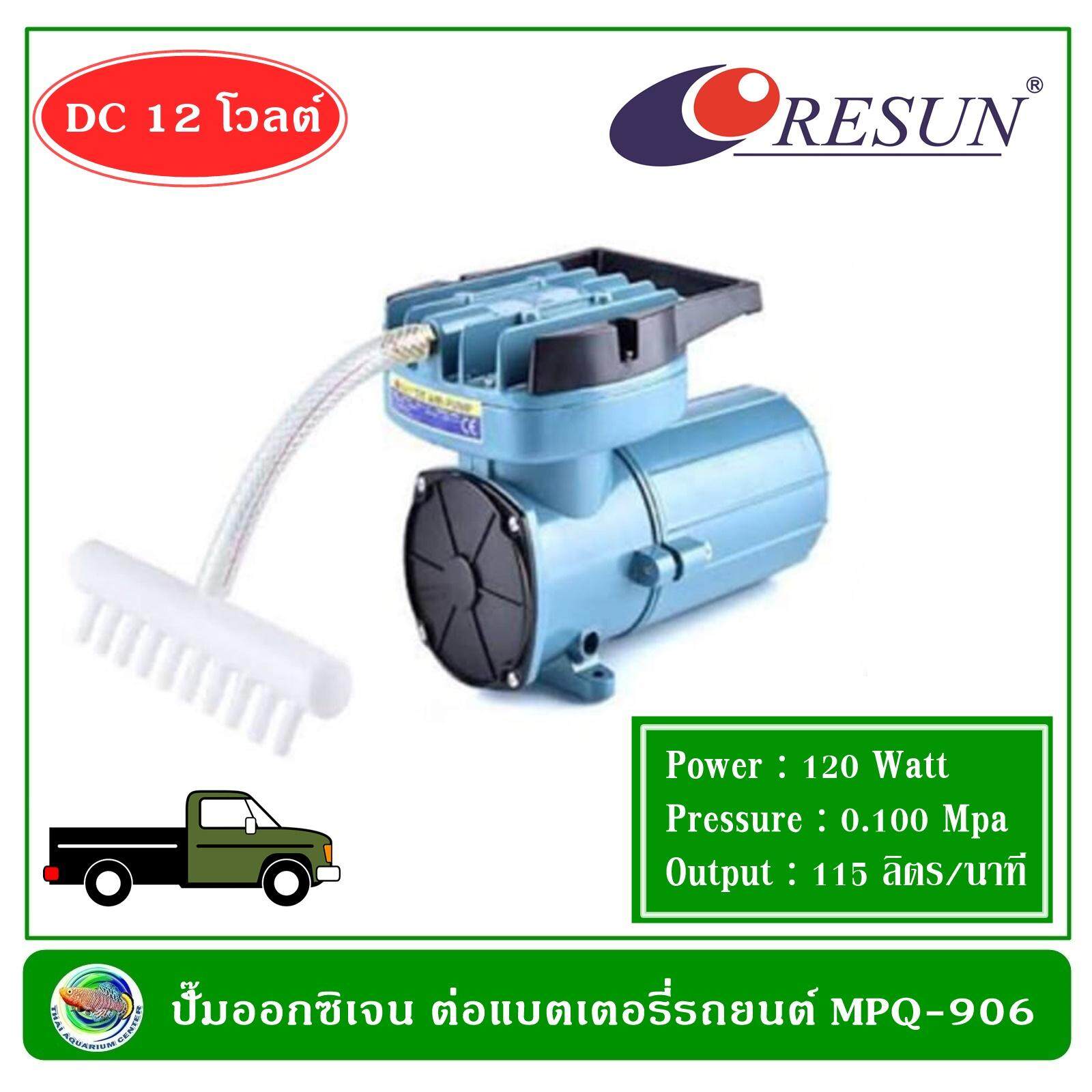
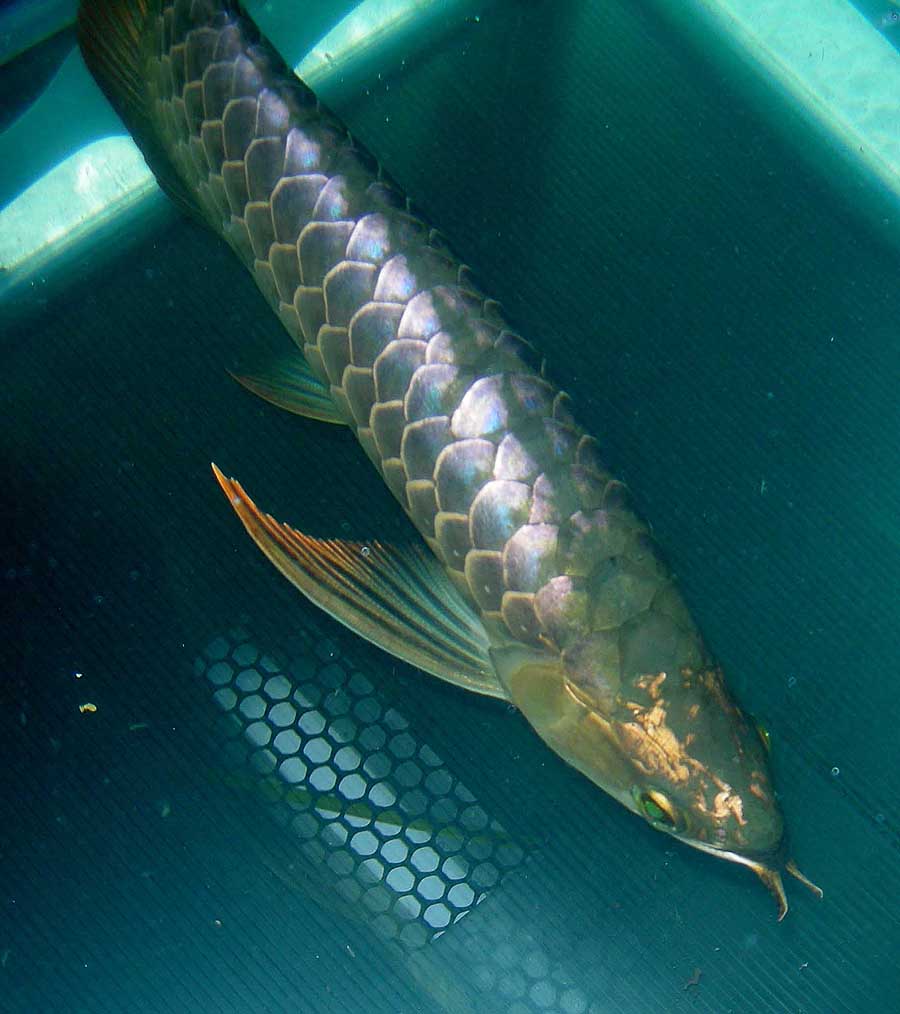
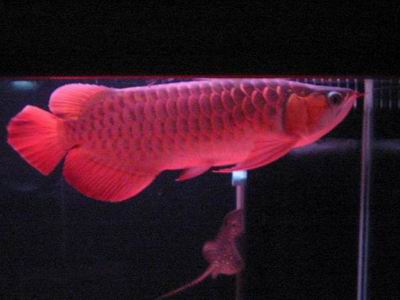
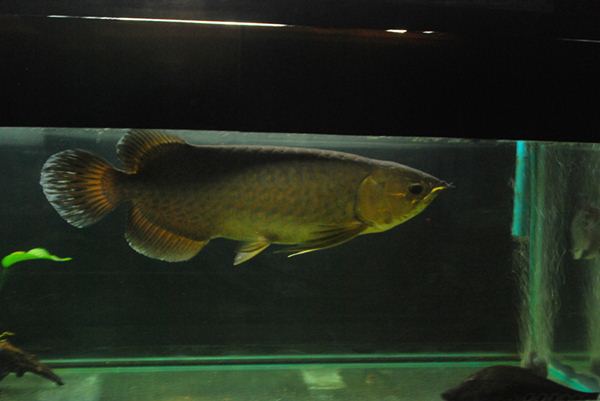


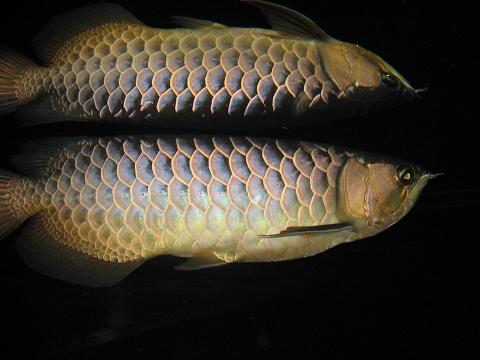
อยากทราบเทคนิคและวิธีการถ่ายรูปอะโร